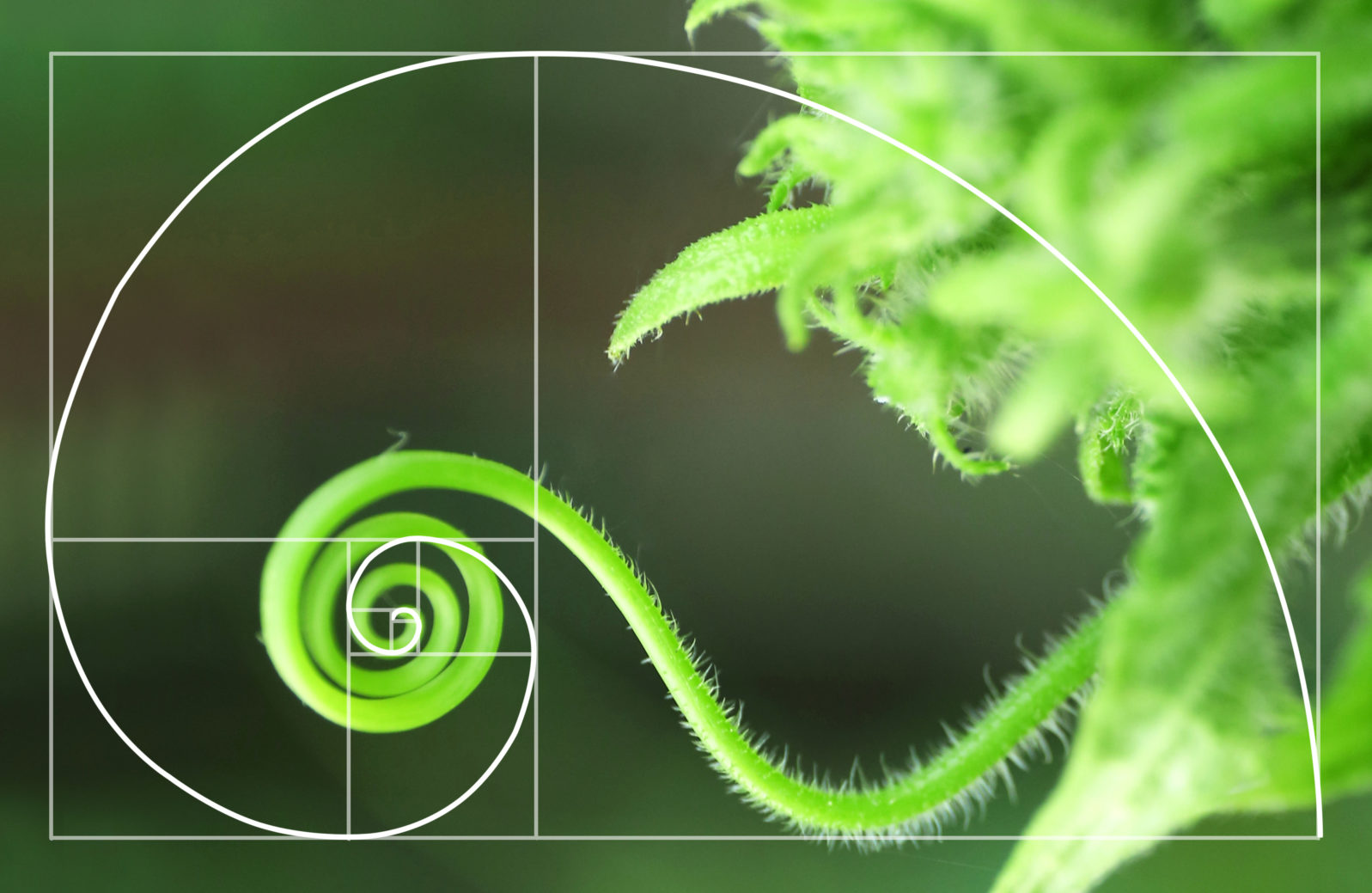Quick Facts on IIT (the Leading Theory of Consciousness)
IIT may be part of a trend in science in which emergence and panpsychist theories are slowly replacing materialist and physicalist onesConsciousness, as a concept, is so easy to experience and so hard to define. Or explain. The most popular current theory of consciousness is Integrated Information Theory (IIT), pioneered by neuroscientist Giulio Tononi and championed by Allen Institute neuroscientist Christof Koch. For the purpose of discussing IIT, science writer Mike Hogan works with this definition:
Consciousness for purposes of this theory is defined as ‘self-awareness’ or the Central-Identity; the inner-voice that allows your brain to talk to itself, an awareness that ‘you’ exist, the rationalization of your own relevance to that existence, and an awareness of the cause and effect of your actions in regard to yourself and your environment.
Mike Hogan, “The Best Available Story of Human Consciousness” at Medium (July 5, 2019)
But now, how does IIT account for consciousness? On that view, it arises from the mathematics of our universe:
Integrated Information Theory is based on mathematical concepts such as the Golden Ratio (or the irrational number Phi Ф), which because of its prevalence in the geometry of the natural world, from the formation of flower petals and galaxies to hurricanes, is sometimes called the divine proportion; in its most basic explanation, the Golden Ratio, is derived from a sequence of numbers that follows a pattern where each successive number is a sum of the two numbers preceding it
Mike Hogan, “The Best Available Story of Human Consciousness” at Medium (July 5, 2019)
Seen this way, Hogan suggests that consciousness emerges from the activity of the brain as a whole the way a nation state emerges from a variety of cultural components.
Similarly, as J. Scott Turner points out in Purpose and Desire: What Makes Something “Alive” and Why Modern Darwinism Has Failed to Explain It, a hive mind emerges in a termite colony from the collective behavior of the termites. It is not “in” any one termite’s brain nor “in” a special place in all of them. A hive mind can only be understood as an emerging process.
In other words, the basic idea is that the whole is greater than the sum of its parts.
In recent years, IIT, first proposed by Tononi in 2004, has been pitted against another leading theory, Global Workspace Theory (GWT) defended by Stanislas Dehaene of the Collège de France in Paris According to GWT, the “theory of Bernard Joseph Baars that suggests that consciousness involves the global distribution of focal information to many parts of the brain.” – Pam N., “Global Workspace Theory,” Psychology Dictionary.
What’s quite interesting about IIT is its panpsychist character. Its champion Koch is explicit about that:
But who else, besides myself, has experiences? Because you are so similar to me, I abduce that you do. The same logic applies to other people. Apart from the occasional solitary solipsist this is uncontroversial. But how widespread is consciousness in the cosmos at large? How far consciousness extends its dominion within the tree of life becomes more difficult to abduce as species become more alien to us.
One line of argument takes the principles of integrated information theory (IIT) to their logical conclusion. Some level of experience can be found in all organisms, it says, including perhaps in Paramecium and other single-cell life forms. Indeed, according to IIT, which aims to precisely define both the quality and the quantity of any one conscious experience, experience may not even be restricted to biological entities but might extend to non-evolved physical systems previously assumed to be mindless — a pleasing and parsimonious conclusion about the makeup of the universe.
Christof Koch, “Is Consciousness Everywhere?” at The MIT Press Reader (March 15, 2021)
As we noted last month, that’s MIT Reader in which Koch is expounding these views, not Levitation News and Views.
IIT may be part of a trend in science in which emergence and panpsychist theories are slowly replacing materialist and physicalist ones. On that view, the growing comfort with panpsychism in various venues is because materialism — according to which the whole is merely the sum of the parts — is increasingly doubted as an accurate description of the world we live in. Analytical philosopher Galen Strawson slowly moved from physicalism to panpsychism because it made more sense to hold that our consciousness is built up from that of electrons than that consciousness doesn’t really exist.
Time will tell how significant the trend toward acceptance of panpsychism as a defensible science position is and what specific changes it introduces. But the fact that emergence and panpsychism are being mainstreamed is worth keeping an eye on.
You may also wish to read:
Why would a neuroscientist choose panpsychism over materialism? It seems to have come down to a choice between “nothing is conscious” and “everything is conscious” Materialism becomes incoherent when it requires us to believe that we only imagine we are conscious — that’s a basic error in logic.
Why some think emergence is replacing materialism in science. Materialism, in the form of reductionism, posits a world without novelty — but that is not the world we live in. Philosophers and scientists who champion emergence over reductionism argue that the whole is more than the sum of its parts.
and
Quest for consciousness: A historic contest is announced. The two theories to be tested pit “information processing” against “causal power” as a model of consciousness. One side must admit it is wrong.
